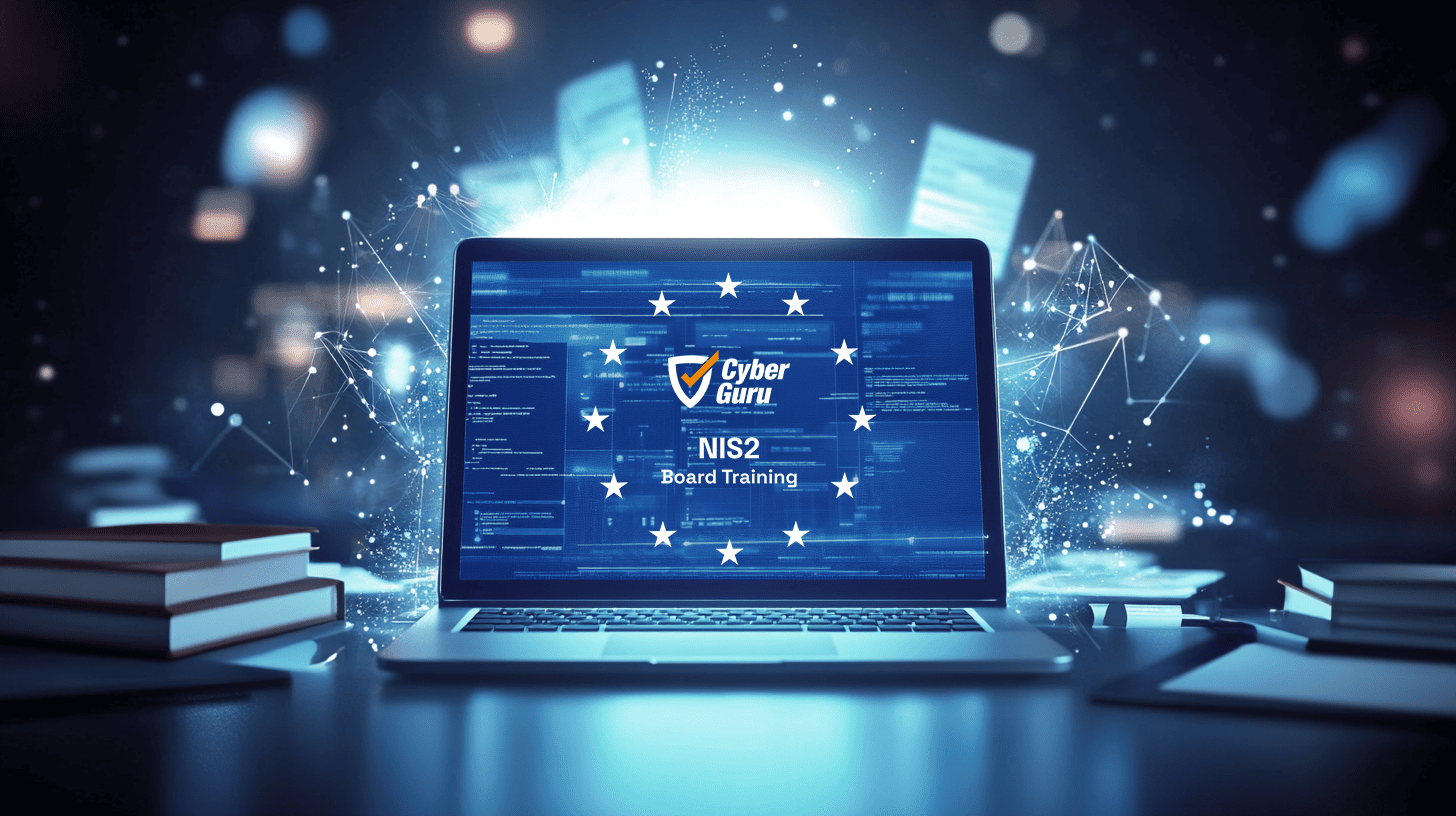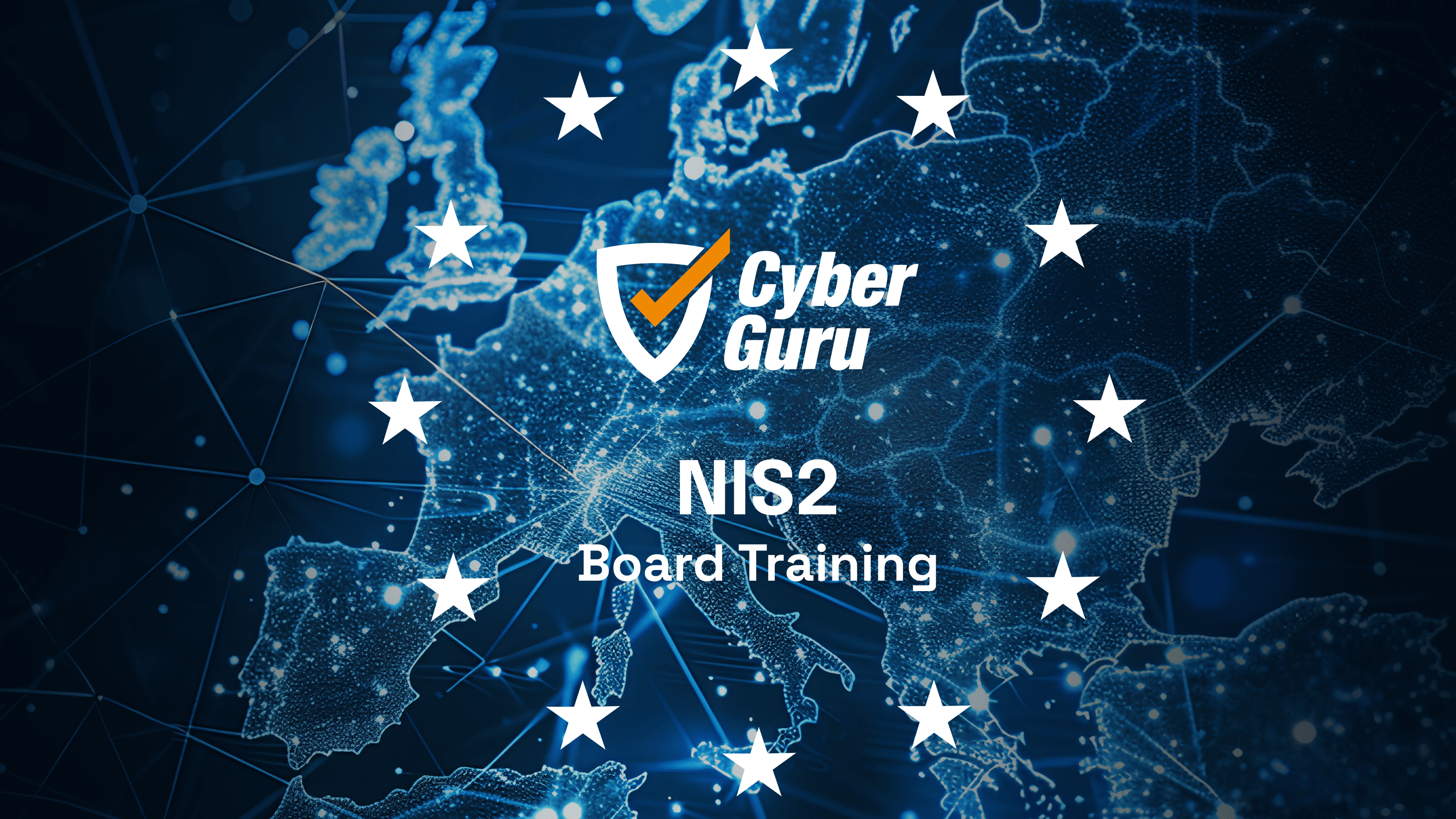Board Training NIS2
Board Training NIS2
Board Training NIS2 is the e-learning training programme designed to equip top administrators and managers of public and private organizations with the essential knowledge and skills to confidently navigate cyber risk challenges. The NIS2 Directive explicitly mandates this, placing emphasis on board members’ responsibility for cyber risks, and imposing specific training requirements to ensure proactive organisational defence.
This training is designed for entities falling under the EU NIS2 Directive’s scope, as well as their supply chain partners. It features a tiered learning model with regularly distributed micro-lessons. This ensures progressive learning, calibrated to the professional needs of the individual user, thereby maximizing training effectiveness.
The training content is continuously updated to reflect new regulatory developments, procedural changes, and technological innovations. Real case studies and contextual analysis further support an effective and directly applicable learning experience.
Comply with NIS2 obligations
We live in a time when every sector of our society relies on digital technologies. However, the speed with which we have embraced innovation has often overlooked a fundamental aspect: the soundness of the foundation on which our digital world rests.
The growing interconnectedness of our infrastructures increasingly exposes organizations and institutions to sophisticated cyber threats. This has made cyber risk one of the most critical global challenges.
Cyber threats are not only constantly evolving, but they have two key characteristics that make them particularly insidious:
- Digital interdependence – a single attack can have cascading effects on entire supply chains and infrastructures.
- Anonymity – attributing responsibility for an attack is often complex, if not impossible.
The risk exposure is further amplified by the inherent asymmetry: attackers only need to find one vulnerability, while defenders must secure the entire system.
To address these risks, compliance with NIS2 Directive training requirements is essential.
Sectors affected by the new NIS2 requirements
Sectors involved
Subjects involved by NIS2
High criticality sectors
Features of Board Training NIS2

EFFECTIVE LEARNING
- CONTINUING EDUCATION
- COMPREHENSIVE AND INDEPENDENT LESSONS
- MICRO-LEARNING
- EXECUTIVE RECAP
- CERTIFICATE OF PARTICIPATION

SPECIFIC SKILLS FOR NIS2
- STRATEGIC VISION
- RISK SCENARIOS
- CORPORATE VULNERABILITY ASSESSMENT
- DEFENSE STRATEGY DEFINITION
- IMPLEMENTATION OF PROTECTIVE MEASURES

SUPERVISION AT
ZERO IMPACT
- SaaS PLATFORM
- TURNKEY SERVICE
- PRE-ESTABLISHED TRAINING PLANS
- AUTOMATIC STUDENT CARING
- FUNCTIONAL REPORTING
Management training
Tiered learning program
The training programme is structured annually, with each year comprising 4 quarterly training sections. Each section focuses on a specific topic, delivered through a series of self-contained, comprehensive, and independent lectures, averaging 5 minutes each. An executive recap is provided at the beginning of each new section.
Among the topics addressed:
- NIS2 regulations and their impact on in-scope entities.
- Understanding, assessing, and mitigating cyber risks.
- Major attack techniques and effective prevention strategies.
- The evolving corporate security perimeter and supply chain.
- The impacts of the Cloud and Artificial Intelligence on cyber risk.
- Real-world case studies highlighting best practices.
Discover the contents of the first two levels of learning


Reduce the risks of cyber attacks
Protect your organization’s digital future
This training course on the EU NIS2 Directive is designed to develop management skills essential to cyber risk management, providing practical tools to be able to:
-
Interpret the broader strategic context of cybersecurity.
-
Analyse the evolution of national and international threat landscapes.
-
Understand their organisation’s specific cybersecurity risks.
-
Evaluate and approve strategies, plans, policies, and procedures for risk mitigation.
-
Assess the most appropriate mitigation actions (procedural, organisational, and technical).

Want to find out more details?





